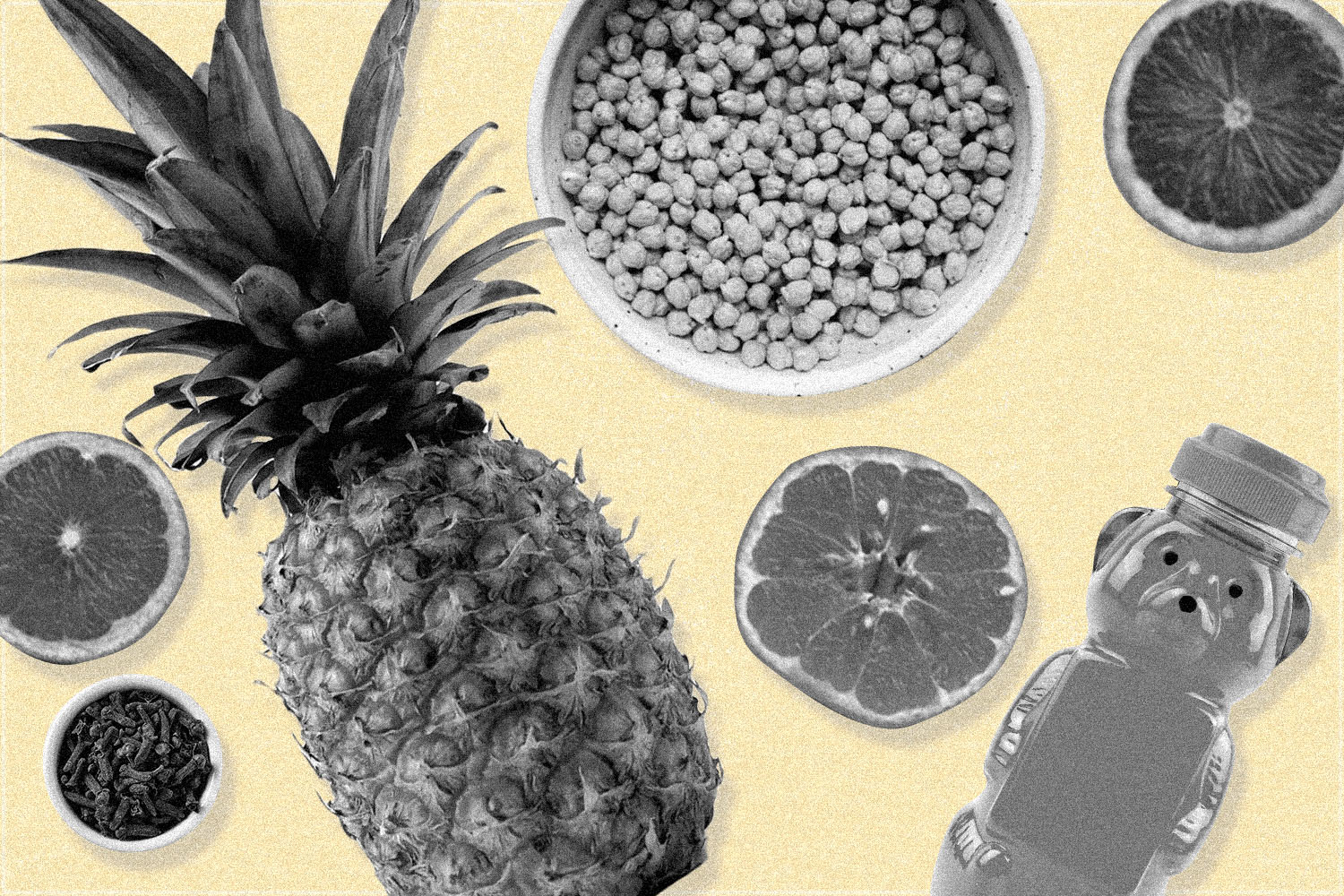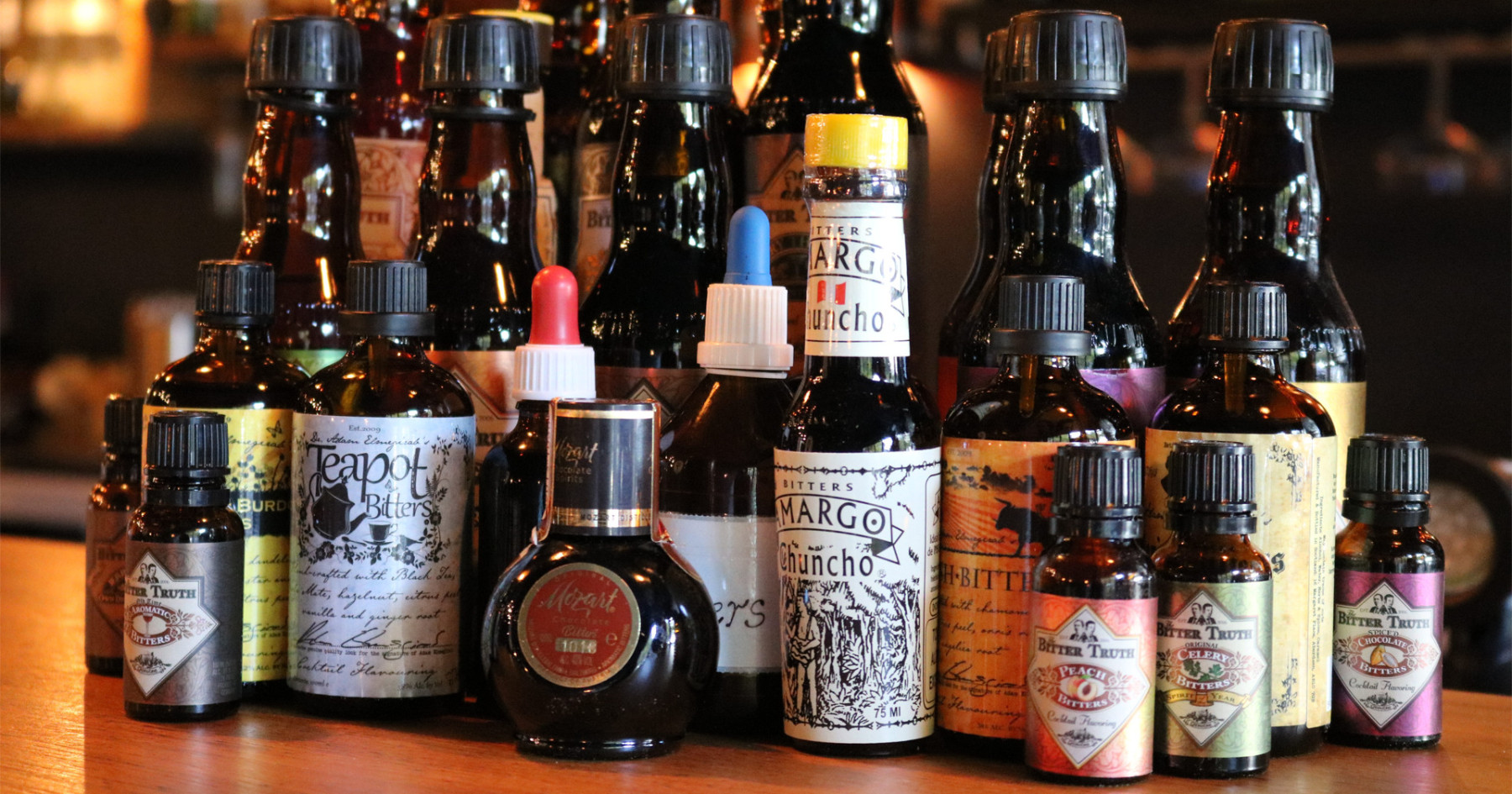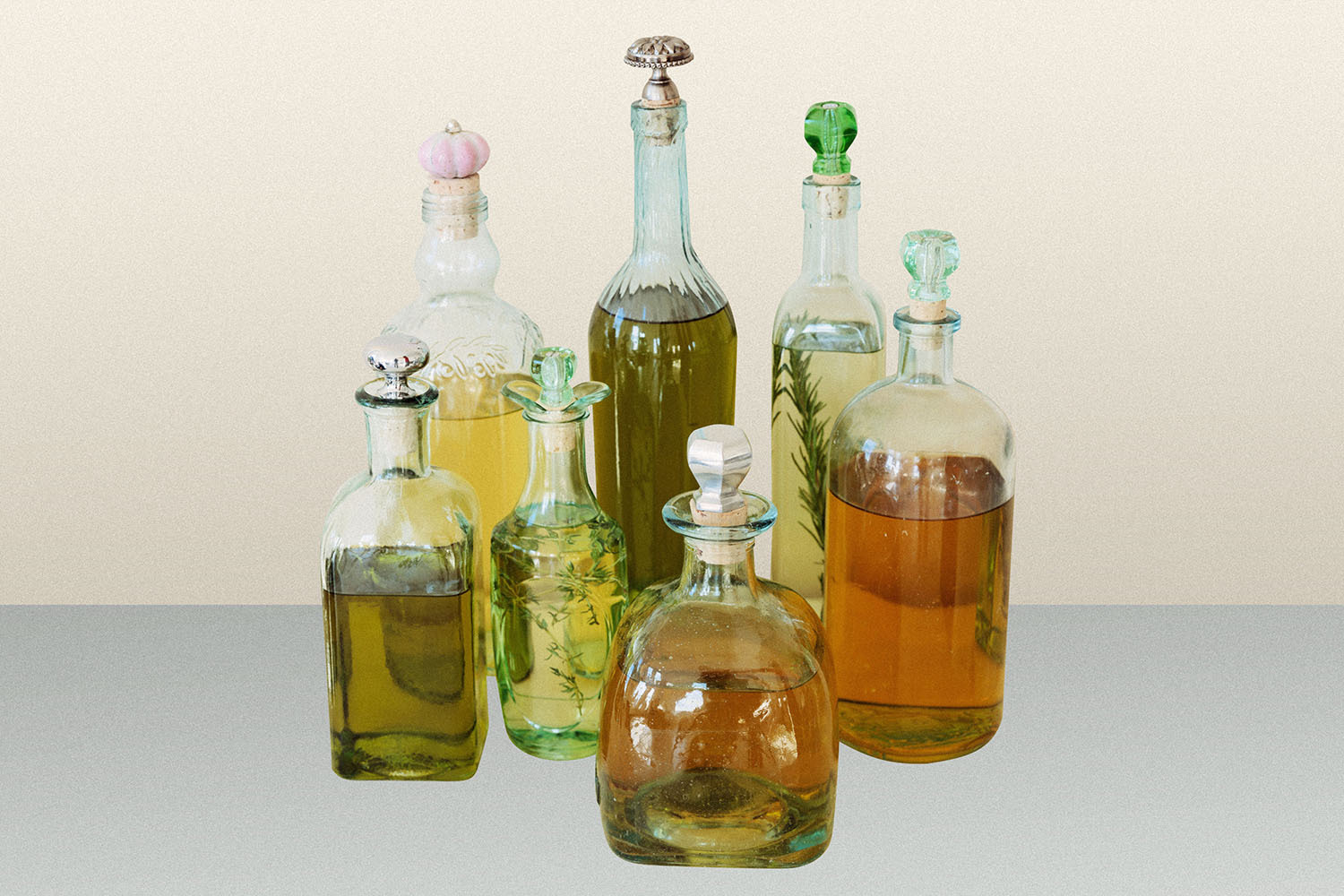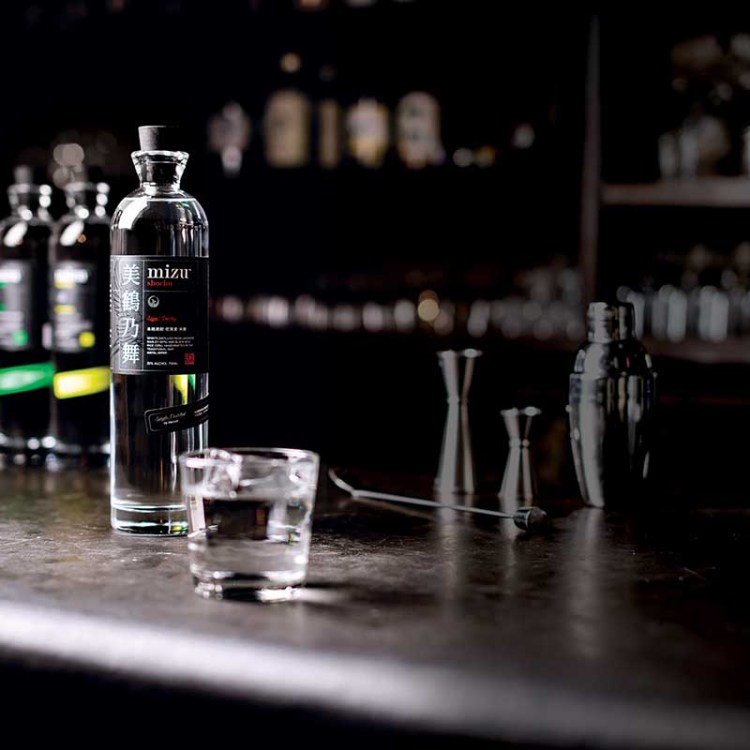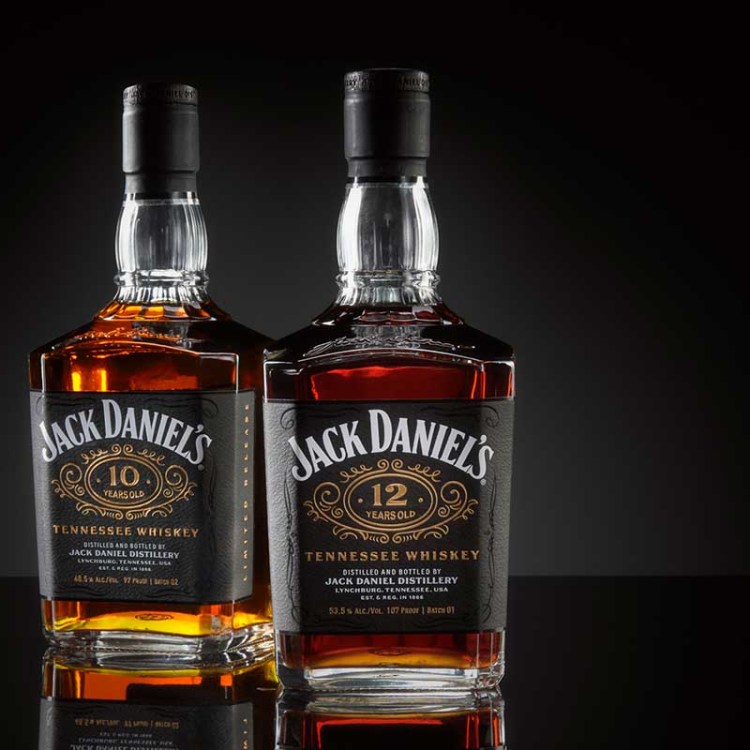“Cocktails are made up of at least 30% water,” as Stephen Kurpinsky, the U.S. Brand Ambassador for Mr Black Cold Brew Coffee Liqueur, told me a few weeks ago. “And that’s for a drink served up. It’s even more if it’s served on ice.”
Kurpinsky was trying to explain the most important ingredient in a cocktail, which turns out is also the most abundant and seemingly obvious: H2O.
The source of your water and how you treat that water is going to alter your cocktail, perhaps significantly. Kurpinsky had previously outlined his own complex water plan with us that involves somewhere around a 12-step filtration program; I wanted to hear more about that Rain Man level of detail, but also figure out ways to improve my water reserves in about 10 fewer steps.
His thoughts, below.
It’s actually about the solids, not the liquid
The amount of TDS (total dissolved solids) and the PH are “absolutely crucial” to both coffee and cocktails, as Kurpinsky explains. “Ideally, you’d like to start with water as clean as possible, meaning no odor, TDS in the range of 75-200mg/l and a PH as close to 7.0 as possible,” he says. If you live in an area with highly treated water, you’ll probably have relatively hard water with lots of dissolved solids. “Some of these can be good; the mineral content can add really great flavor, and some minerals that are healthy for us, but too many and they become off notes.”
You may need to seek out a water expert
Kurpinsky uses a place called The Water Lady in San Diego, but notes that similar companies exist in regions with hard or unpleasant tap water. “They use a 10-stage process, employing reverse osmosis, UV, ozone and carbon filtration,” he says. “And they post detailed reports on their water at the store each week, so I know exactly what I’m starting with.
Check your local water supply
If you don’t have a Water Lady equivalent nearby, you may still be in luck with the local supply. “Water companies must post information on the water they send out,” Kurpinsky says. “You can test it yourself via a kit from a local aquarium or pet store, and see if it’s the range I mentioned before.”
Your Brita filter can only do so much
“Carbon filtration is a good start,” Kurpinsky admits. “It can pull out some of the off flavors from your water, but it cannot filter out all the TDS, and can’t adjust PH or total hardness.”
If you can, invest in Reverse Osmosis
If you rent, you may need to find an outside source as described above. If you’re a homeowner, however, “a reverse osmosis system is a worthy investment,” as Kurpinsky notes. Basically, this membrane system will filter sediment, chlorine and other contaminants from water and pass the cleansed liquid through a dedicated faucet.

Beware the bottled water
I picked up some water from a limestone-rich area of Kentucky, supposedly from the same waterways that are utilized for your favorite whiskey. “It makes for excellent whiskey, but you generally don’t want a limestone-rich water supply,” says Kurpinsky. However, once you have a clean water source, you can experiment by introducing small amounts of mineral salts to change the flavor. Sure, you could just buy some Topo Chico or San Pellegrino, but it’s going to put a big dent in your drinks budget. So instead …
Try building a water fountain
Kurpinsky actually built said fountain (“yes, like back in the 1800s”) out of a beer kegerator. “I studied the mineral content of Topo Chico and San Pellegrino, and decided to make my own,” he says. “I use a clean-start water from my local water company, then add my own blend of mineral salts, creating a flavor right in the middle of those two brands, then force carbonate. Once the keg of water has fully dissolved the CO2, I tap the keg and enjoy it at home.” It apparently makes for a “crazy amazing highball” but also is of great use when baking soda bread or NYC-style pizza dough.
Refrigerate with caution
Store water at room temperature, but not for any scientific reason. “Mostly because it’s cheaper than paying to keep it cold,” says Kurpinsky. As for ice, use your newfound filtered water to create your cubes, then store ‘em it in a sealable container to keep off odors or flavors from your freezer. “No one likes an Old Fashioned that tastes like frozen meats or peas.”
This article was featured in the InsideHook newsletter. Sign up now.

